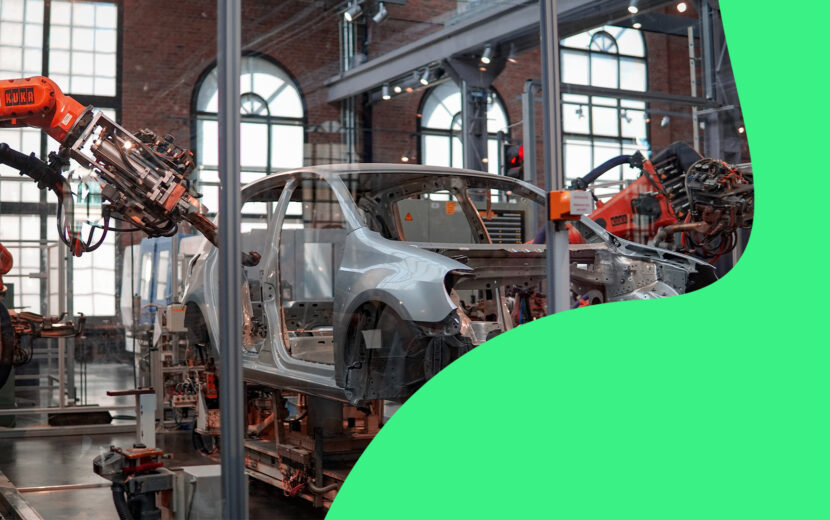
Electric vehicle maintenance: myths and reality
Design features Electric vehicles are slightly simpler in structure than cars with an internal combustion engine. There are fewer moving and rubbing parts, and they require high-quality lubrication and constant maintenance. Electric vehicles do not smoke or make noise, and they have a minimum of vibrations. This silence is achieved by design features. Despite the fact that almost all modern electric cars are built on the platform of conventional cars with [...]
Content:
Design features
Electric vehicles are slightly simpler in structure than cars with an internal combustion engine. There are fewer moving and rubbing parts, and they require high-quality lubrication and constant maintenance. Electric vehicles do not smoke or make noise, and they have a minimum of vibrations. This silence is achieved by design features. Despite the fact that almost all modern electric cars are built on the platform of conventional cars with an internal combustion engine, the further configuration has its own specifics.
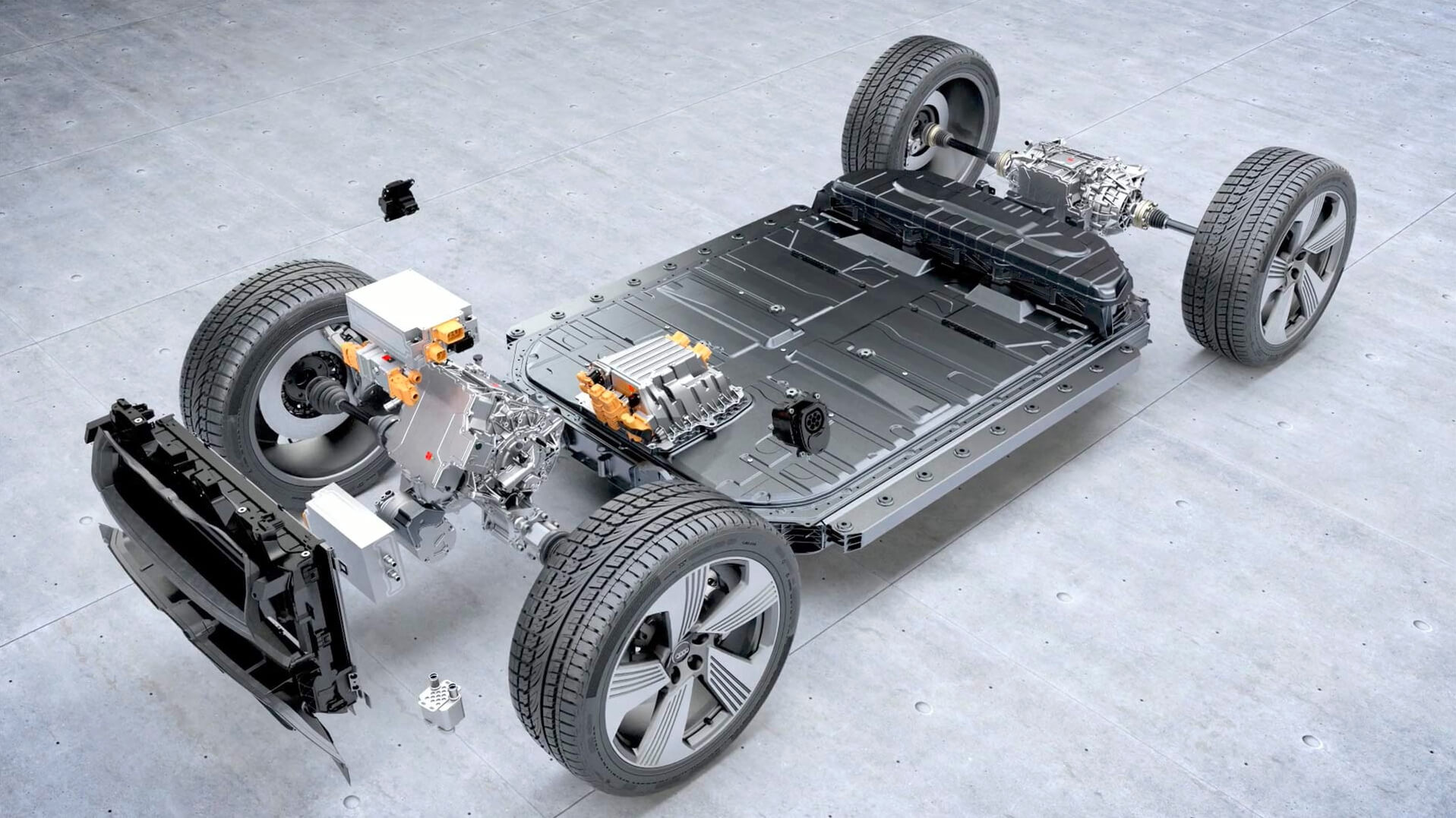
The main differences between electric vehicles:
- the absence of a massive engine and many elements adjacent to it, and with it the absence of constant friction and the need for high-quality oil;
- No gearbox: instead, a simple gearbox is installed here, transmitting torque to the wheels;
- the absence of a fuel tank;
- the ability to warm the cabin remotely without starting the engine;
- availability of an inverter and high voltage cables.
The massive battery pack is located in the lower part of the body, and the electric motor is mounted on the front, rear axle or on each of them. The chassis configuration remains unchanged. Additional units can also be installed in a compact manner: an inverter, gearbox, electric heater and other elements.
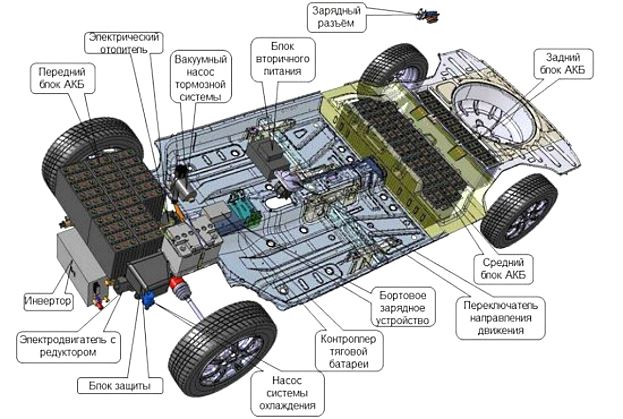
It should be remembered that before performing any work on an electric vehicle, it must be de-energised. To do this, you need to know the features of each model. For example, in Tesla, this means removing the terminal from the 12V battery and the high-voltage loop, and some electric cars have a separate button to open the circuit.
An electric car really has fewer components to maintain. However, as with any car, you will need to monitor the condition of the lights, cabin filter, suspension, tyres and wiper blades. In addition, there are routine maintenance activities that must be carried out at the mileage specified by the manufacturer.
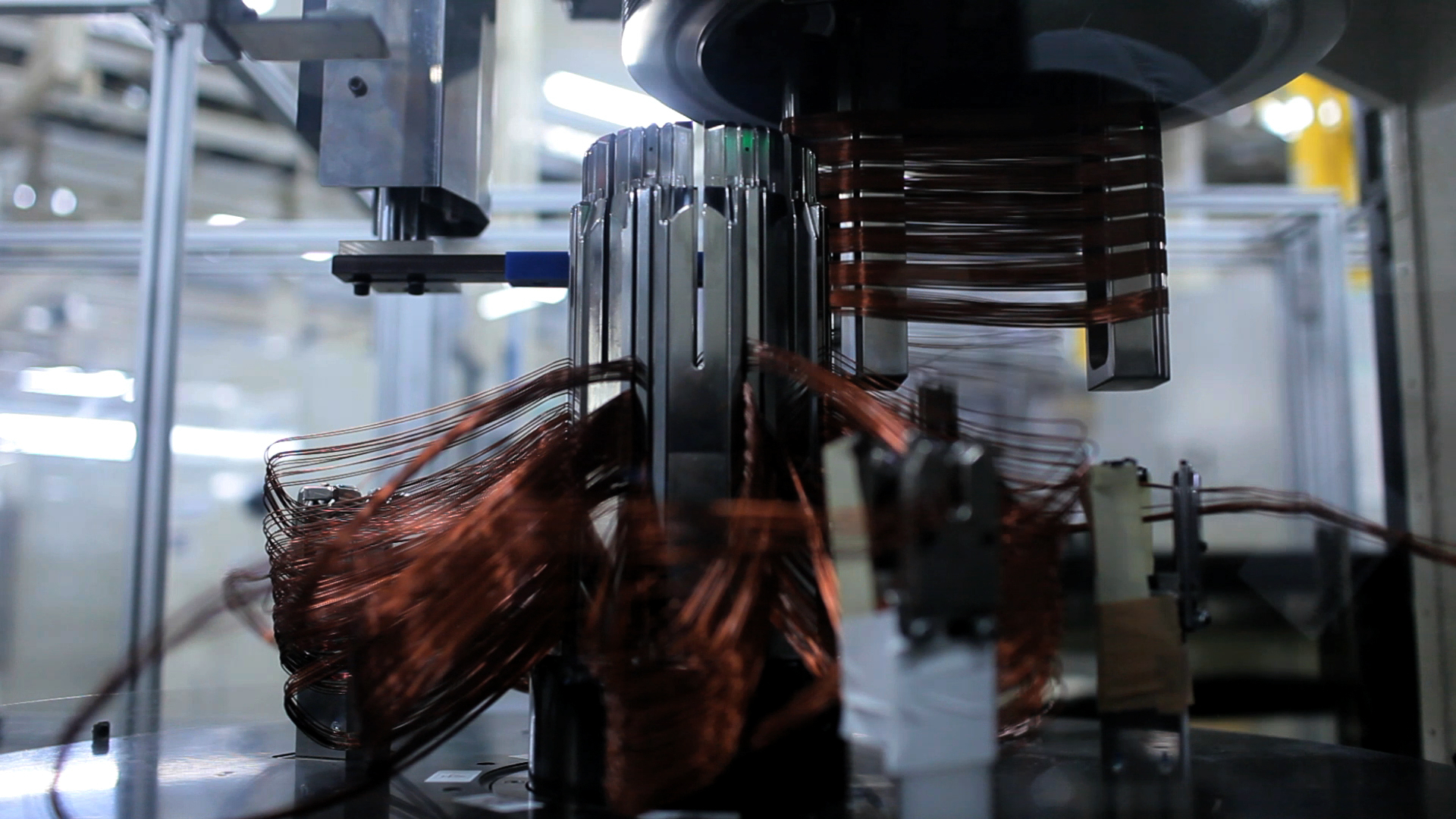
Basic maintenance work:
- Coolant change: every 60-80 thousand km or 5 years;
- Change the oil in the gearbox: every 50-60 thousand km;
- Brake fluid change: every two years or every 40-60 thousand kilometres;
- Change the cabin air filter: every 20 thousand km;
- Replace the 12V battery every three to five years.
The main differences in service
Cooling system
The correct operation of all components of an electric vehicle requires maintaining the temperature of the electric motor, power electronics and battery within the optimum range in terms of efficiency. For this purpose, electric vehicles are equipped with a sophisticated thermal management system.
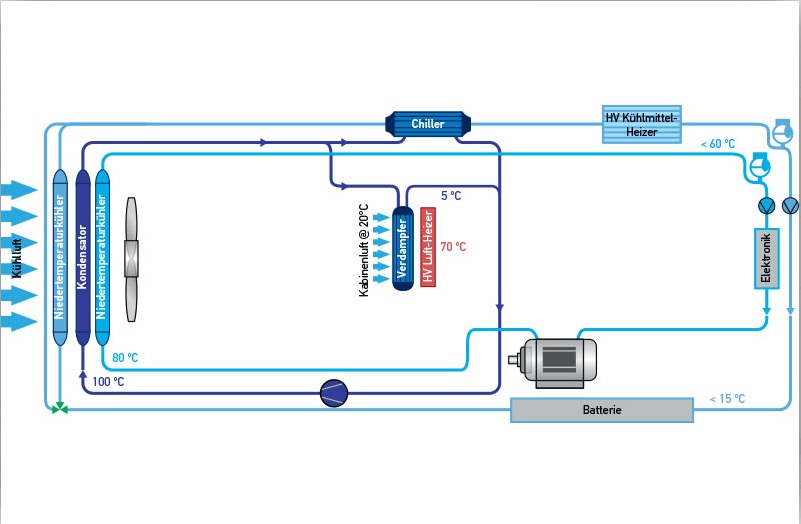
Cooling can be air or liquid. We most often see the second type, which is the most efficient, but requires regular coolant replacement at a mileage of 60-80 thousand kilometres (depending on the manufacturer). If the electric car is used little or driven for short distances (up to 15 km), then the coolant should be changed every five years.
IMPORTANT: Never mix different types of coolant. It is advisable to comply with the manufacturer's requirements for the type and tolerances of the coolant.
Changing the oil in the gearbox
Electric cars do not have a conventional gearbox. There is no need to dose torque. Acceleration occurs linearly with the appropriate charge supply. Therefore, the gearbox only has to transmit the torque to the wheels.
To ensure full and long service life of the unit, the oil that performs the functions of lubrication and cooling needs to be replaced every 50-60 thousand kilometres.
IMPORTANT: We recommend that you follow the oil change intervals specified in the service book for your electric vehicle. If the vehicle is not in use for a long time, it is recommended to change the oil in the gearbox for correct operation.
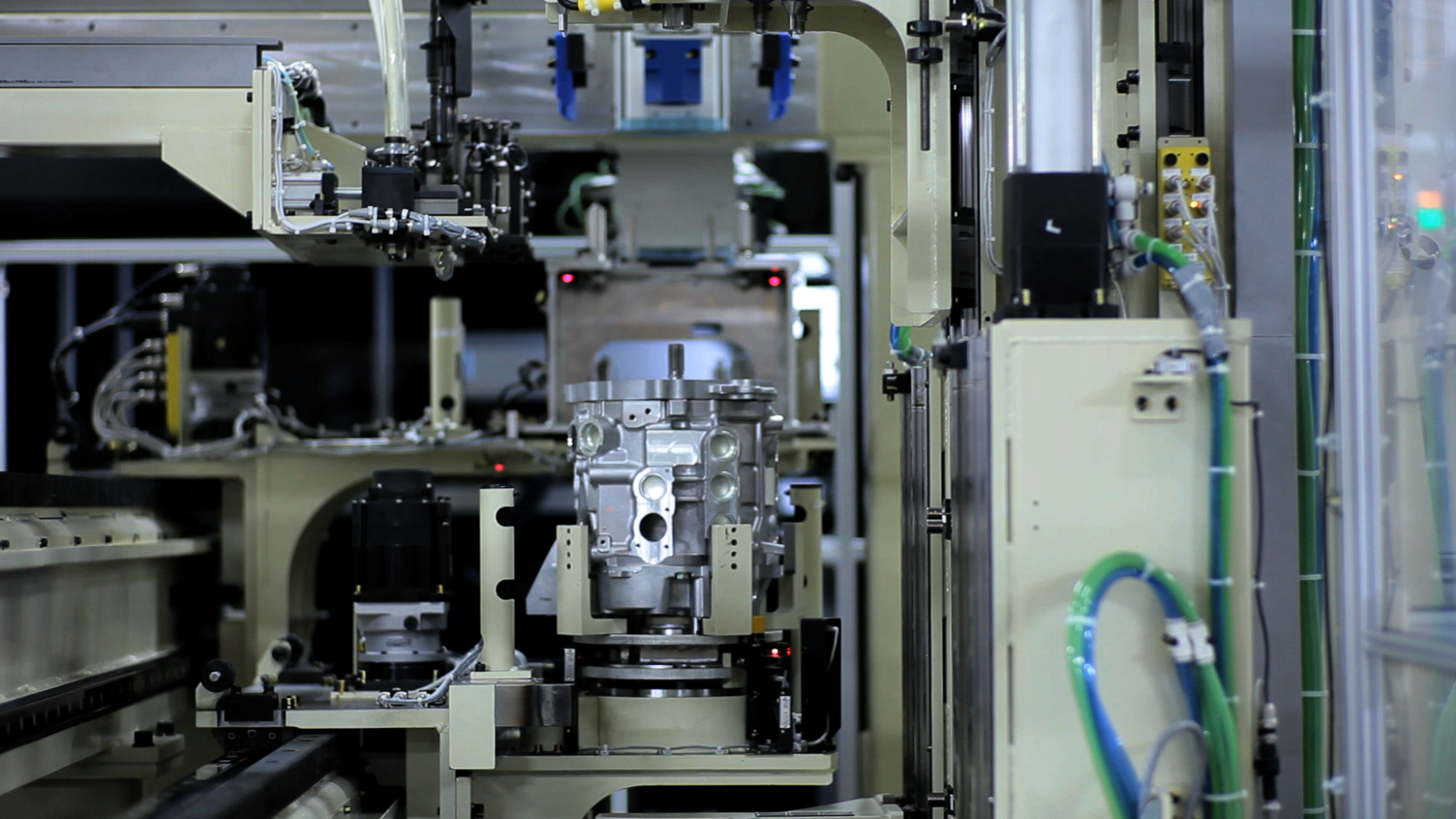
Battery and electricity
Electric vehicles have a complex wiring system, with many sensors and controllers responsible for individual units. All the wires and batteries in the car are insulated and hidden under robust enclosures to protect them. The main care is to keep them in a clean and intact condition.
Every electric vehicle has a standard 12V battery that is responsible for starting the high-voltage battery. Therefore, every three to five years, the starter battery will need to be replaced, just like in conventional cars with an internal combustion engine.
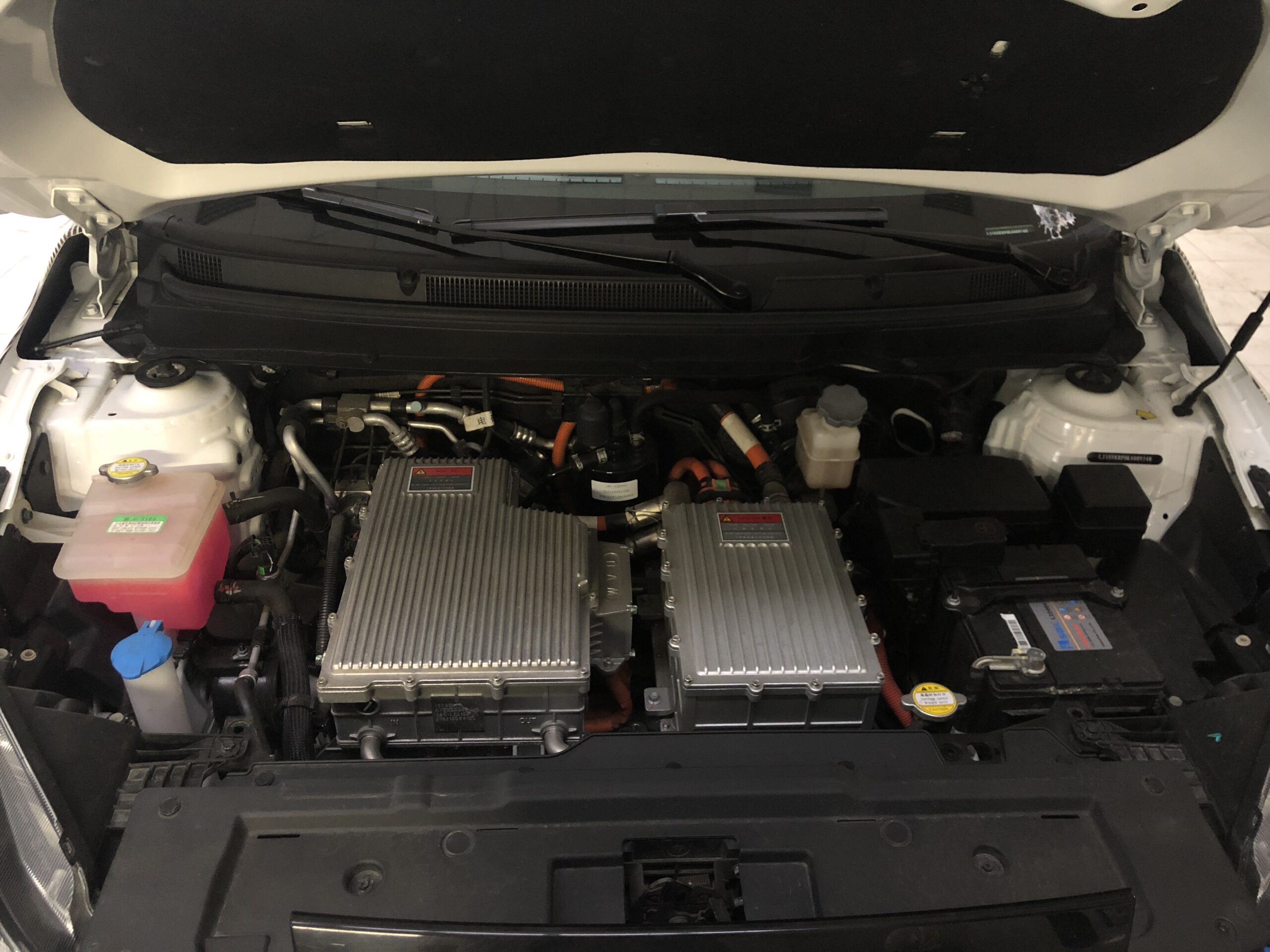
The main battery lasts more than 8-10 years without any problems, losing a maximum of 30% of its capacity. For a long service life, it is advisable to keep the battery charged in the range from 20% to 80%. It is also recommended to charge the battery using slow charging (AC-M or AC-S), which allows you to avoid overheating the battery and more easily maintain the optimal temperature.
IMPORTANT: Do not leave your electric vehicle for a long time with a discharged battery. This increases the risk of reducing the battery capacity several times and shortens its service life.
Air conditioning system
The ventilation and air conditioning system is of a standard design, but here heating is carried out not from engine heat, but from electric heaters (compressor) and energy-efficient heat pumps. In summer, they will work to cool the air in the cabin, and in winter, to heat it. In addition, many electric cars use an air conditioning system and pipework to cool the battery and motors. This, of course, requires the owner to pay attention to the system and regularly clean and refill it with freon.
IMPORTANT: Antibacterial cleaning is not considered mandatory and is at the owner's discretion. We recommend that it is carried out at least once a year, along with the replacement or refilling of the air conditioning coolant. It is advisable to replace the cabin filter every 20,000 km or every two years.
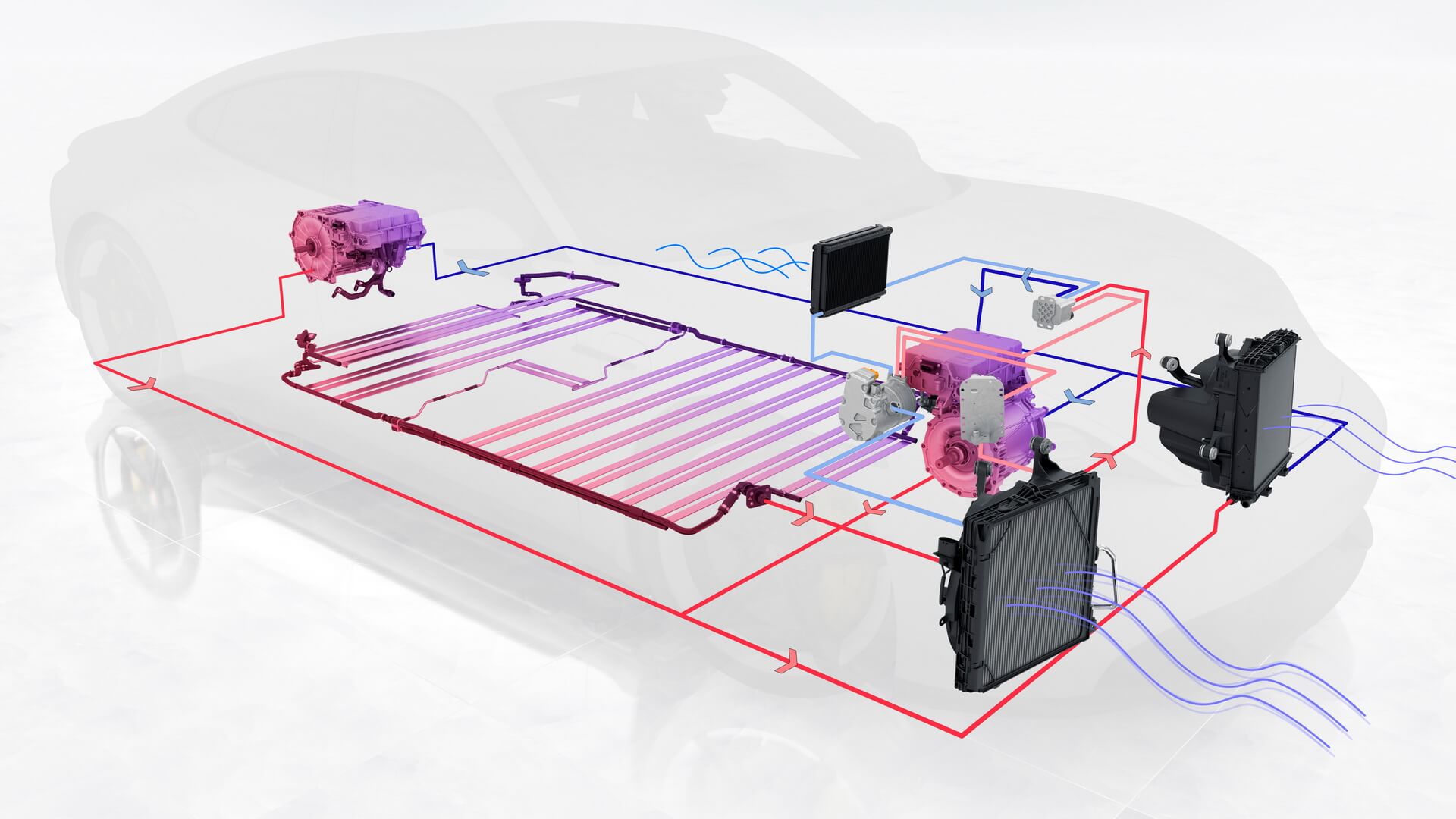
Chassis and braking system
There are no differences in the chassis of electric vehicles. And the replacement of consumables in the form of silent blocks, bushings and dustcovers is provided for by wear and tear.
But the braking system is much more convenient. The service life of the brake pads is doubled by the engine braking during energy recovery.
IMPORTANT: It is advisable to change the brake fluid every five years or 40-60 thousand kilometres (depending on the manufacturer).
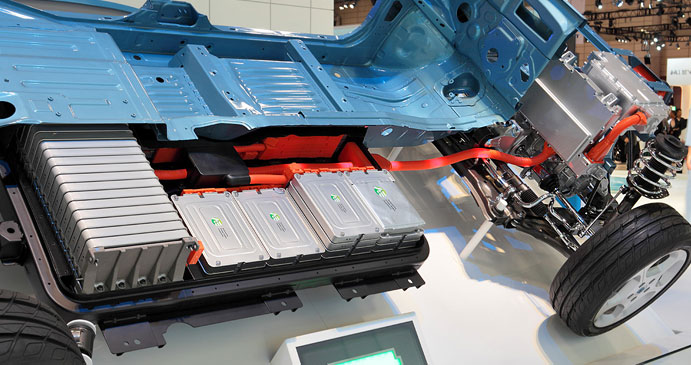
Don't forget about seasonal tyre changes, which are best chosen based on the main parameters: rolling resistance to save energy and quietness, as you don't want to listen to the regular hum of the wheels.
At the car service regularly:
- check the integrity of the electrical wiring, hoses and connecting elements;
- remove dust from surfaces;
- change the wipers if necessary;
- Check the level and quality of the coolant and brake fluid;
- check the brake pads and calipers;
- check lighting fixtures and change lamps.
Finally, it should be noted that servicing electric vehicles involves high voltage. And the car service centre must have the appropriate certification, equipment and staff who have undergone special training. These are mandatory conditions for those who plan to repair electric vehicles.





